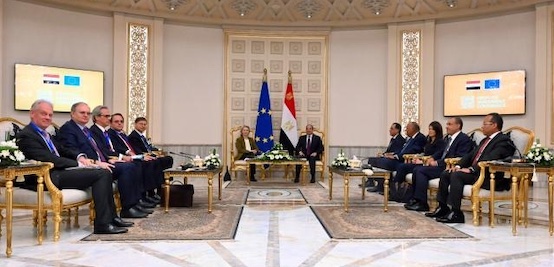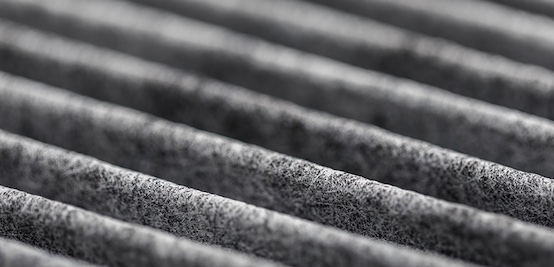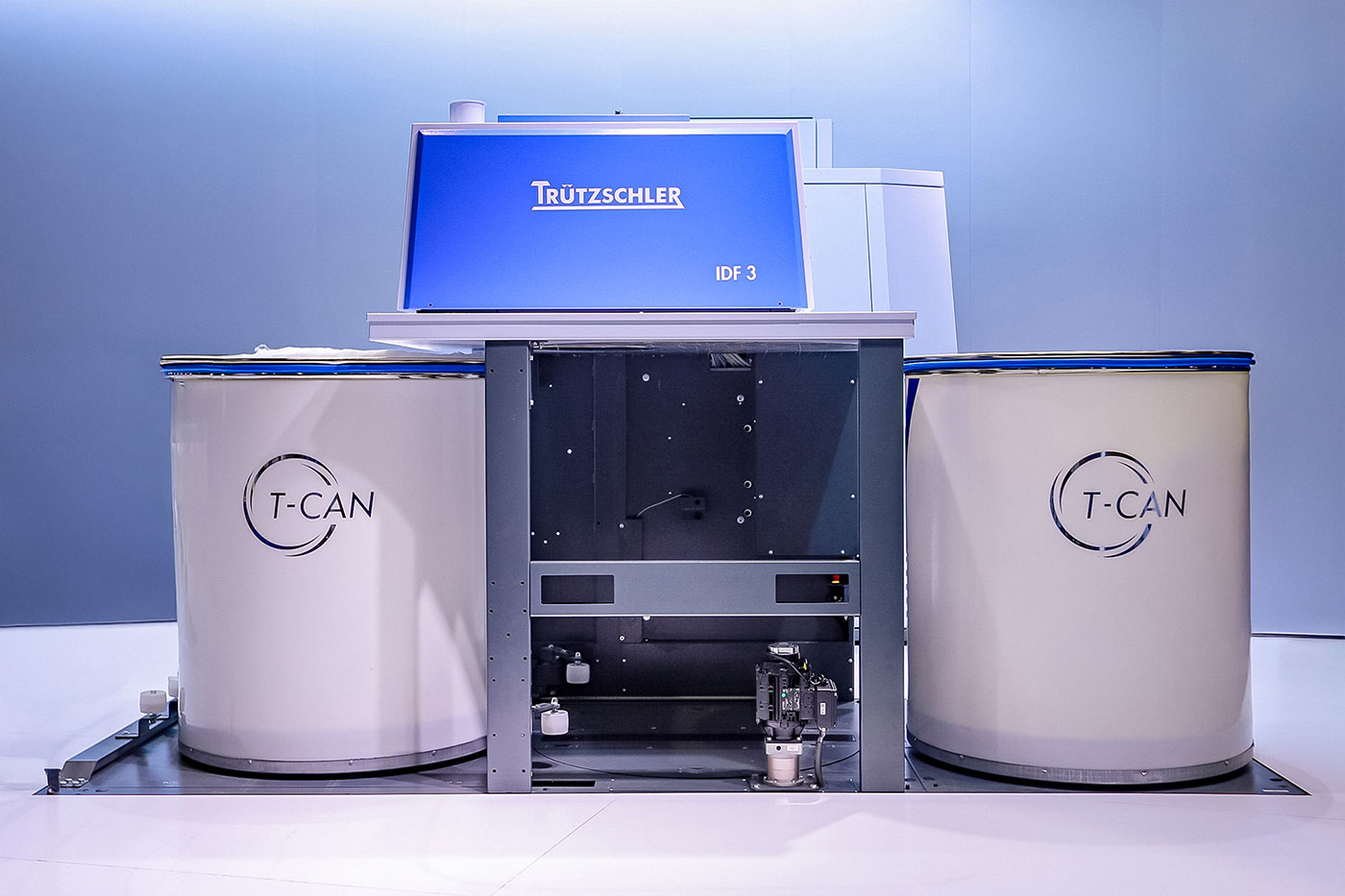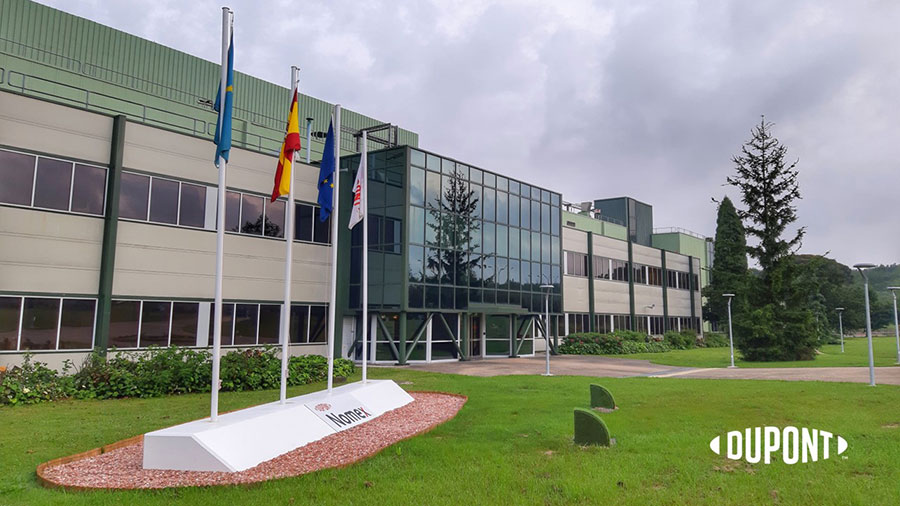#Market Analysis & Forecasts
Sustainability concerns driving industry to innovate with more fibre-based nonwovens, latest Smithers study finds
Smithers’ new expert study – The Future of Fibre vs. Polymer Based Nonwovens to 2027 – charts the evolution of this trend and the broader impact on nonwoven supply and product performance. Its data show that in 2022, 100% of polymers used in polymer-based nonwovens are plastic (PE, PET, PP, Others). Only 64% of fibre-based nonwovens are plastic (PP or PET fibres); with Rayon, Lyocell, bi-component fibres and wood pulp representing the remainder.
The market is evenly split a projected 6.53 million tonnes of fibre-based nonwovens worth $28.7 billion will be produced worldwide in 2022. This contrasts to a market for polymer nonwovens consuming 6.64 million tonnes and worth $27.0 billion; and a much smaller segment for fibre-polymer composite nonwovens projected at 225,200 tonnes valued at $761.9 million.
Fibre-based nonwovens have the technological lead in 2022 for producing sustainable and increasingly fully plastics-free products. This will lead to accelerated demand in multiple applications through to 2027. Countering this is a lack of installed production capacity, which will require investment to reverse. While matching the technical performance of polymer nonwovens will be a leading R&D priority for realising a more sustainable future in an industry where most consumer formats are still designed for single-use.

This will be balanced against the introduction of new nonwoven processes and other iterative trends, such as the production of lower basis weight substrates. Simultaneously the market will see a wider use of recycled plastics and bioplastics, such as polyhydroxyalkanoates (PHAs) providing alternative routes to more sustainable nonwovens.
These factors will retard any wider transition to fibre-based nonwovens, giving both material sets nearly equal growth rates through to 2027 – at 6.9% for fibre-based nonwovens by weight; 6.8% for polymer-based.
The majority of expansion for fibre-based nonwovens will come from drylaid lines. Globally consumption will increase faster than for the main polymer nonwoven process, spunlaid; though expansion on supply from both airlaid and wetlaid lines will be significantly slower.
The greatest growth in fully plastics-free nonwovens will be in wipes, leveraging the technical heritage that is increasingly diversifying the range of flushable wipe substrates available. In contrast polymer-based disposable nonwovens will continue to increase sales, especially into the dominant hygiene market, where there are currently no cost-competitive sustainable alternatives.
In durable nonwovens, enthusiasm from the fashion industry will see much wider use in apparel interlinings. Fibre-based coating substrates also have a very positive growth outlook as nonwovens continue to supplant higher cost, heavier weight textiles in multiple segments.
The historic, current and future market outlook for polymer and fibre-based nonwovens, along with expert analysis of when and where fully plastic-free nonwovens will be feasible, is available now in The Future of Fibre vs. Polymer Based Nonwovens to 2027. Its authoritative market dataset subdivides the market (value, tonnage, and surface area) by:
- Raw material (PP polymer, PET polymer, PE polymer, Other polymer; PP fibre, PET fibre, Rayon/Lyocell, Bicomponent fibre, wood pulp, Other fibre)
- Nonwoven process (Spunlaid, Drylaid, Airlaid, Wetlaid, Other)
- End-use application (Hygiene, Medical, Baby wipes, Personal Care wipes, Home Care wipes, Industrial wipes, Other disposable nonwovens; Air & gas filtration, Liquid filtration, Garments, Interlinings, Footwear & leather, Coating substrates, Upholstery & bedding, Floor coverings, Building & roofing, Geotextiles & civil engineering, Automotive, Agriculture, Other durable nonwovens
- Regional market (Asia, North America, South America, Europe, Rest of the World).
This expert strategic study on nonwoven materials supply and the role of sustainability in the industry’s future is available to purchase now, priced $6,750 (€5,950, £4,950).















